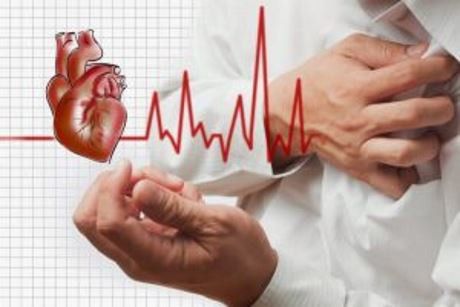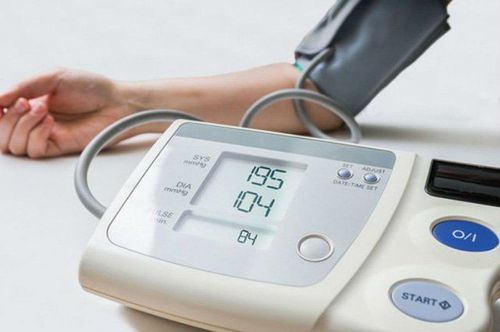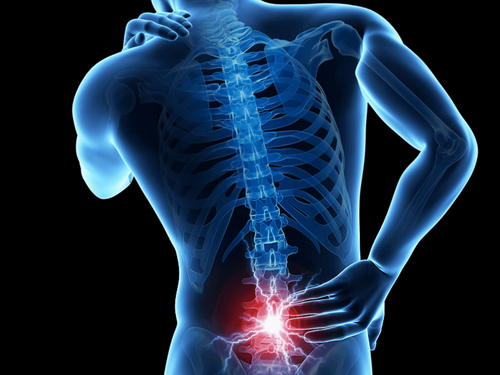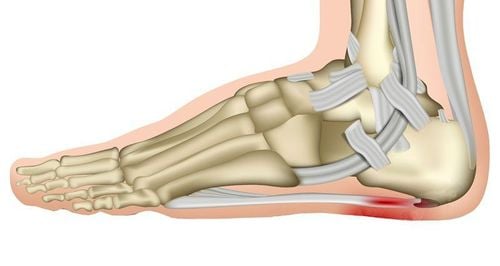Nội dung bạn đang tìm kiếm không có phiên bản tiếng Việt.
Vui lòng chọn tiếp tục để xem nội dung tiếng Anh hoặc đi đến trang chủ Tiếng Việt.
Rất xin lỗi về sự bất tiện này.

Home
Tag Hemodynamic disorders
Articles in Hemodynamic disorders
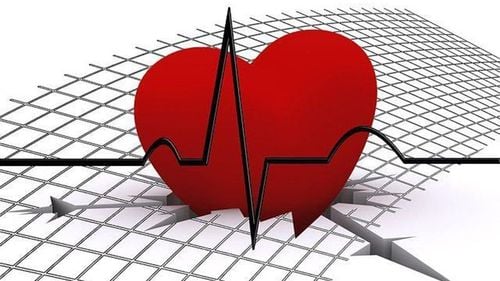
Hemodynamic patterns in septic shock
The hemodynamic patterns in septic shock are mainly volume depletion, systemic vasodilatation, myocardial dysfunction, and blood distribution disorders. However, hemodynamic disturbances in septic shock are complex in nature and difficult to assess. Early detection and treatment is very important, as it determines the prognosis for people with septic shock.
Xem thêm

Prolonged ventricular tachycardia can be life-threatening
Ventricular tachycardia is a paroxysmal supraventricular tachycardia that results in the heart not being able to pump enough blood. Sustained ventricular tachycardia is an arrhythmia that requires emergency care, as it can lead to ventricular fibrillation and even cardiac arrest.
Xem thêm

What is command hypothermia and how is it applied?
Command hypothermia is an advanced treatment technique that reduces mortality and complications in patients with cardiorespiratory arrest and other diseases. The mechanism of hypothermia helps the brain reduce swelling, inflammation, improve blood flow and oxygen supply, so the brain has a better chance of recovery.
Xem thêm
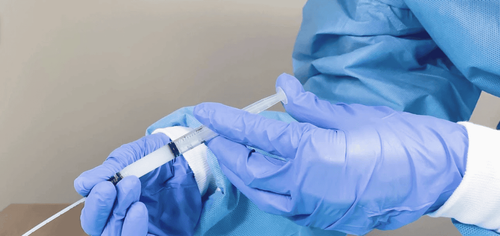
Indications for surfactant pump treatment of respiratory failure in neonates
Respiratory failure is a respiratory dysfunction caused by many different factors, which can be in the lungs or outside the lungs, leading to gas exchange disorders, causing the body to lack oxygen and increase CO2 in the blood.
Xem thêm
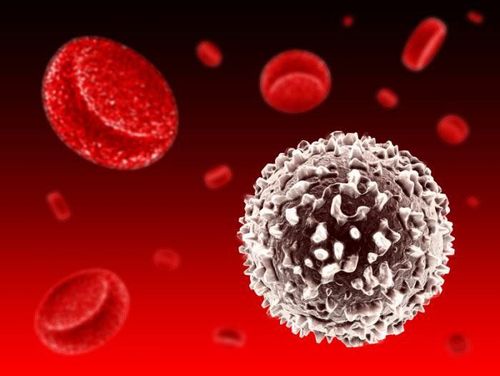
Management of hemodynamic disturbances in septic shock
Hemodynamic disturbances in septic shock are complex and have a high mortality rate. This condition is difficult to assess in individual patients, even in different stages in the same patient. Early detection of changes in ScvO2 and blood lactate are two very important indicators for diagnosing hemodynamic disturbances in septic shock.
Xem thêm
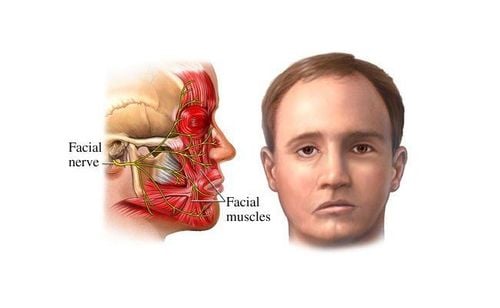
Anesthesia mask larynx endoscopic surgery decompresses nerve to treat facial paralysis
Endoscopic surgery to decompress the nerve to treat facial paralysis is a difficult technique that requires high skills of the surgeon, the surgery time is quite long although this method is not too complicated. The purpose is to control the airway during surgery and resuscitation after surgery. Except in cases where the patient has central nervous system damage with poor self-awareness.
Xem thêm

Endotracheal anesthesia to cut posterior fossa brain tumor
Posterior fossa tumors are one of the most common types of brain tumors in neurosurgery. The main treatment at this time is surgical resection of posterior fossa tumors under general anesthesia. This is a general sedation anesthesia method commonly applied to most general surgical interventions.
Xem thêm
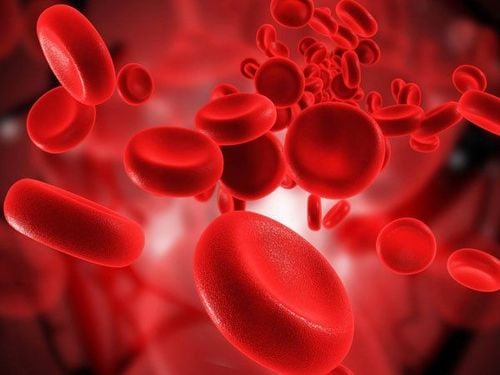
Non-invasive hemodynamic methods
Hemodynamic testing is a method of measurement to assess the cause of a patient's hemodynamic decline. Measurements to find the cause of hemodynamic decline can come from the following factors: preload, myocardial contractility, afterload.
Xem thêm
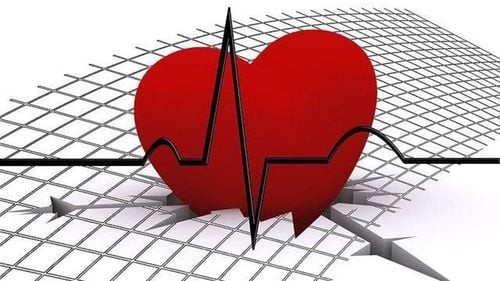
Characteristic hemodynamic disturbances in cardiogenic shock
When cardiac output decreases, central venous pressure and pulmonary capillary wedge pressure are high, there is a high oxygen difference between capillary blood and venous blood, leading to hemodynamic disorders. If not treated promptly, the patient often dies quickly.
Xem thêm

Why is hemodynamic control necessary in severe infection?
Hemodynamic control in sepsis is one of the issues that has not received much attention. For patients with severe sepsis, hemodynamic control helps to detect and prevent hemodynamic disorders early.
Xem thêm





